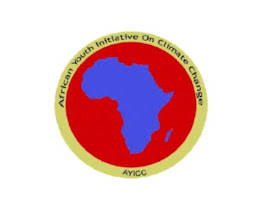MEDIA STRATEGY TRAINING
There is this famous story of how simple punctuation syntax can be the difference between life and death. It was in mediaeval England when a judge came up with the decision of acquitting the accused: “Kill him don’t, let him go”. So the court clerk who was recording the judge’s decision wrote thus: “Kill him, don’t let him go”, and thus the poor man was consumed by the gallows, instead of being left to wander in the streets of freedom, all because of the wrong placement of the comma.
Likewise, it is quite important to package your message in the most proper manner; this was the message during the Media Strategy Training organized on the 15th of August, 2011, at the KENFAP (Kenya National Federation of Agricultural Producers) offices. The trainer that day was Mr. Jonathan Ameka, a communications consultant based in Nairobi. The main focus of the training was on preparing a press release. This is basically a document which is sent to media outlets informing them of an upcoming event which your organization is hosting or planning.
The tips on writing effective press releases were quite many, but I will summarize and itemize them as follows:
- Your organization should have a communication structure
- Only send a press release when you have a viable event in the offing
- It is preferable to use organizational emails to send the press releases to commercial emails
- Avoid typos (typing errors) in your press release, making it outstanding so as to catch the eye of the intended recipients
- You can add short attachments for elaboration
- Always read relevant articles so as to keep tabs on the current issues in your domain of operations
- Use active verbs instead of passive verbs
- Always follow up on your press releases which you send, but not in a coercive manner
- Never send a press release to more than one person in the same media organization; this might turn out to be counter productive
- Do not send your press release too early nor too late; a time frame of at least between three to five days is preferable
- Target ‘quiet’ news days as when to send to send your press release
- Identify key people in your organization who are proficient in blogging and other aspects of communication
- Always keep tabs on your media contact people, maybe inviting them to drinks or something along that line in order to keep these contacts ‘alive’
There is a lot you can add to the above points, but that is just but a snapshot of the strategies we learnt from the training. So, the next time you prepare a press release please refer to the above pointers for guidance. It is very important for organizations, especially youth volunteer ones, to leverage on the available channels of communication and engage the world on their activities, for knowledge is power.
Compiled by: Kennedy Liti Mbeva

wow!
ReplyDeleteGreat piece Ken!!!
ReplyDelete